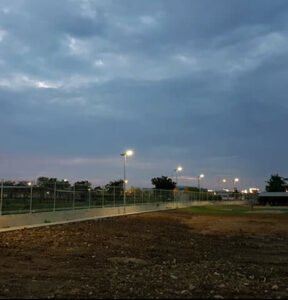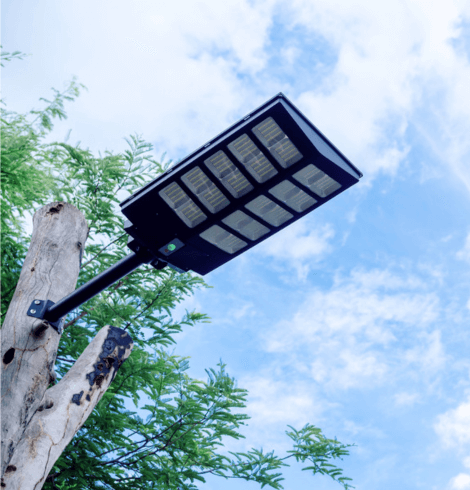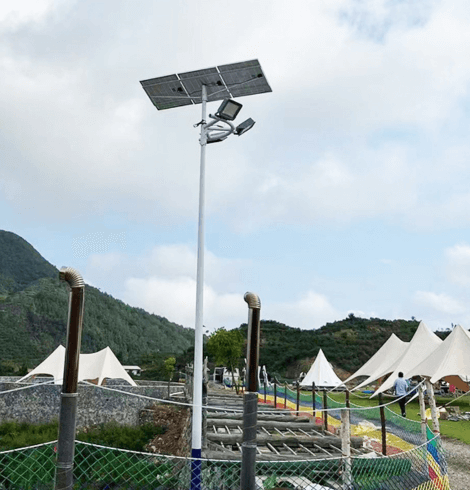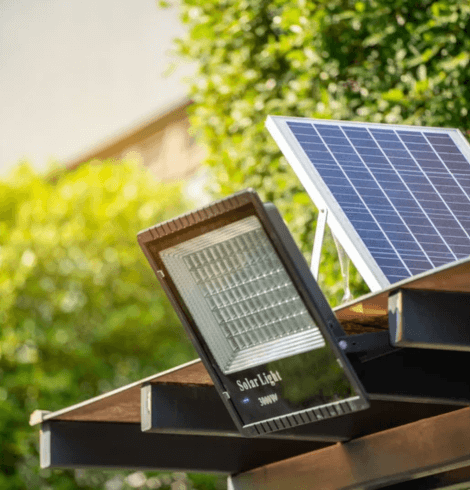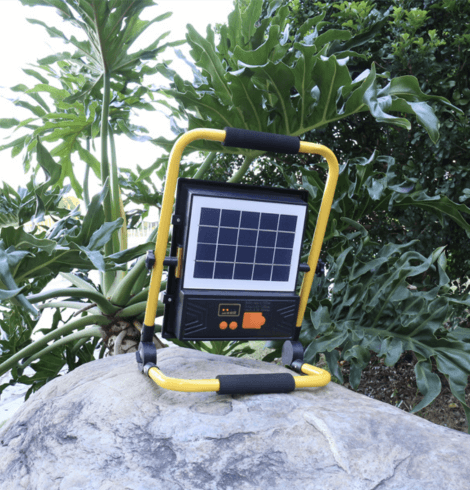| Road Type | Recommended Lux Level |
| Highways and Expressways | 30–50 lux |
| Main Urban Roads | 15–30 lux |
| Residential Streets | 5–15 lux |
| Pedestrian-focused Areas | 10–20 lux |
Introduction
Selecting the right solar street lights involves understanding the basics of lux and knowing how to apply this knowledge practically. In this guide, I’ll clearly explain what lux is, show you how to calculate it, and walk you through the recommended lighting requirements for different types of roads. By the end, you’ll feel confident making informed decisions about your lighting project.
Table of Contents
ToggleWhat is Lux?
Before diving into calculations, let’s clearly define lux. Lux measures how brightly a surface is lit. Think of lux as how intensely an area is illuminated—the higher the lux, the brighter it looks. Imagine walking under a streetlight: higher lux means clearer visibility and safer surroundings.
How to Calculate Lux
Now that you’re familiar with lux, calculating it becomes straightforward. Here’s the basic formula you’ll need:
Lumens Needed = Illuminance (lux) × Area (m²) ÷ Utilization Factor
The utilization factor accounts for efficiency losses, typically about 0.7 (70%). For instance, let’s say you want to illuminate a 100 m² area with 20 lux. You’ll need 2000 lumens directly on the surface, but considering the 0.7 efficiency, your fixture should provide around 2857 lumens. Try this simple calculation with your own project area to see exactly what you need.
Illumination Requirements by Different Road Types
Knowing the ideal lux levels for various road types is crucial for ensuring safety and comfort. Let’s explore each type in detail, helping you match your lighting needs accurately.
Highways and Expressways
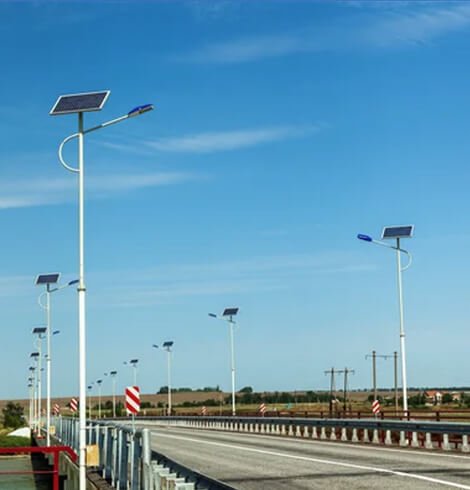
Highways and expressways typically require higher illumination—between 30 to 50 lux—due to the fast-moving traffic and increased vehicle density. Adequate lighting helps drivers quickly recognize hazards, read signs, and safely navigate, significantly reducing accident risks. Consider poles 10 to 12 meters tall, spaced around 30 to 50 meters apart. Using high-powered LED lights with consistent and wide beam angles ensures uniform brightness. For highway lighting, always prioritize visibility—this isn’t an area to cut corners.
Main Urban Roads
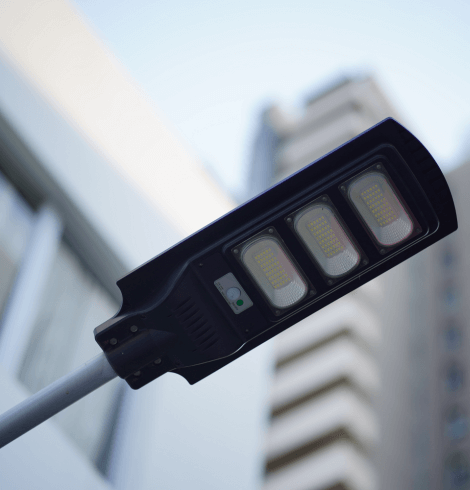
For main urban roads, a moderate illumination level of about 15 to 30 lux is best. Urban roads mix vehicles, cyclists, and pedestrians, increasing the risk of interactions. Proper illumination clearly highlights each type of user, significantly boosting safety. Poles 6 to 8 meters high, spaced roughly 25 to 40 meters apart, provide optimal lighting without uncomfortable glare. Choose quality LED fixtures to guarantee consistent visibility. Think of effective urban lighting as a quiet guardian, ensuring everyone’s safety without intruding on comfort.
Residential Streets

Residential streets need softer, less intense lighting, typically around 5 to 15 lux. With lower traffic speeds and volumes, the goal shifts to creating an inviting atmosphere while still maintaining sufficient visibility for safety. Shorter poles—about 3 to 5 meters tall—spaced every 15 to 30 meters, work perfectly here. Select fixtures carefully to direct light downward, minimizing glare and preventing disturbance to residents. Remember, good residential lighting provides gentle illumination, creating a peaceful and secure community.
Pedestrian-focused Areas
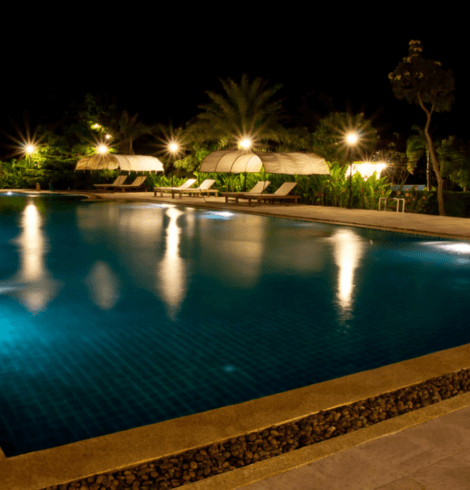
Walkways, parks, and plazas—areas focused on pedestrians—benefit from a lux range of 10 to 20. Lighting in these areas helps people comfortably navigate, recognize faces clearly, and feel safe, especially after dark. Poles around 3 to 4 meters high spaced 10 to 20 meters apart prevent dark spots effectively. Fixtures with diffused light distribution minimize harsh shadows, making these areas feel welcoming. Why not choose stylish fixtures here? Attractive lighting not only enhances safety but also contributes positively to the community’s ambiance.
Regional Variations and Standards
Keep in mind that lighting standards vary across regions due to differing local conditions, cultural expectations, and safety regulations. For example, European lighting standards specify lux requirements based on road type and traffic density. Adaptive lighting methods—like dimming during off-peak hours or brightening lights when pedestrians are detected—are gaining popularity globally for energy efficiency. Always consult local regulatory guidelines for best results. Checking your local standards ensures you meet regulations, optimize safety, save energy, and maintain community comfort.
Conclusion
Choosing the right lux level for solar street lights means clearly understanding the specific lighting needs of each area, performing accurate calculations, and following local standards. Proper lighting not only enhances safety and energy efficiency but also significantly improves the community’s quality of life. Always double-check your calculations, and don’t hesitate to seek professional guidance if needed.
FAQ
What is a good lux level?
A good lux level depends on the area you’re illuminating. Highways require about 30–50 lux for optimal safety at high speeds. Urban roads do well with around 15–30 lux, providing clear visibility among mixed traffic. Residential streets generally need softer lighting around 5–15 lux, minimizing glare while still being bright enough for safety. Pedestrian areas benefit from 10–20 lux, balancing safety with comfort. Carefully consider your area’s needs, and if in doubt, aim for mid-range recommendations.
Does higher lux mean brighter?

Yes, higher lux directly corresponds to brighter illumination. It measures how much visible light reaches a specific area. So, the more lux your lights provide, the brighter and clearer your area will look. Think about it like turning up the brightness on your screen—the higher the setting, the brighter and clearer everything appears.
What are lumens, and how are they different from lux?
Lumens measure the total amount of visible light emitted by a source, representing the overall light produced. Lux, on the other hand, measures how intense that light appears when it hits a specific area. Put simply, lumens indicate the total quantity of light, while lux shows how brightly this light illuminates a particular surface. To clearly understand how these measurements relate to your project, always consider both lumens and lux.
Is higher or lower lux better?
Whether higher or lower lux is better depends entirely on your lighting needs. Higher lux levels are beneficial in areas requiring clear visibility for safety—like highways or busy streets. Conversely, lower lux levels suit quieter settings, such as residential neighborhoods or pedestrian paths, where softer lighting creates a comfortable environment without unnecessary brightness. Always align your lux choice with the intended purpose of your lighting.



